The pneumatic die grinder is a dynamic tool designed for precision and efficiency in various industrial applications. This air-powered device is a staple in many workshops and manufacturing settings, where detailed grinding and shaping are paramount.
Expanding on Types of Pneumatic Die Grinders
There is a wide array of pneumatic die grinders available, each with unique characteristics suited to specific tasks. The angle air grinder is designed for accessibility, allowing users to reach difficult angles with ease. On the other hand, straight grinders offer a more traditional approach, ideal for direct, linear operations. For precision work, such as in mold making or jewelry manufacturing, micro air grinders and pneumatic pencil grinders are the tools of choice due to their fine tips and high-speed capabilities. Each type is crafted to meet various industrial demands, from heavy-duty metal fabrication to delicate engraving.
Detailed Structure of Pneumatic Die Grinders
The structure of a pneumatic die grinder is a marvel of engineering, consisting of an air motor which powers the device, a gear reduction system to control the speed, and a collet at the business end for securing various attachments. The air motor is connected to an air compressor, which propels the motor at high speeds. A trigger or throttle regulates the air flow, allowing for precise control of the grinder's speed. Internally, bearings and a spindle translate the motor's power to the collet. The collet's design ensures that accessories are held firmly in place during operation, minimizing vibration and enhancing accuracy.
Materials and Properties in Pneumatic Die Grinders
The materials used in pneumatic die grinders are selected for their durability and performance. High-grade steel is often used for internal components, providing the strength needed to withstand high-speed rotations. Aluminum, known for its lightweight and corrosion-resistant properties, is commonly used for the body. Some models may incorporate composite materials for the housing to reduce weight further and provide insulation against vibration and cold air transmitted from the compressor. These material choices are crucial for creating a tool that is not only durable but also comfortable to use over long periods.
Comprehensive Business Usages and Applications
Pneumatic die grinders are integral in industries where precision metalworking is required. In the aerospace sector, they are used to shape and smooth components that must adhere to strict tolerances. In automotive workshops, these grinders perform tasks ranging from engine porting to brake caliper modifications. The high efficiency of these tools also makes them valuable in the metal fabrication industry for tasks such as deburring, polishing, and grinding welds. Their ability to improve productivity and achieve precise results is why they are so valued across various sectors.
Functions and Tasks of Pneumatic Die Grinders
The pneumatic die grinder is designed to perform a multitude of tasks. With the right attachment, it can grind away metal burrs, smooth out welds, and shape metal parts. It can also be used for honing, sanding, and even cutting through various materials. The versatility of this tool is further enhanced by the ability to adjust the speed, allowing for both aggressive material removal and delicate finishing touches.
Features and Unique Selling Points
What sets pneumatic die grinders apart from other tools is their array of features. Many models boast a variable speed setting, which is essential for tasks that require different levels of precision. Some have ergonomic designs that reduce user fatigue, while others are equipped with noise-reduction technologies to improve the working environment. The compact size of mini air grinders allows them to be used in tight spaces where larger tools cannot operate.
Benefits and Positive Outcomes
The benefits of using a pneumatic die grinder are manifold. These tools offer unmatched precision, making them indispensable for detailed work where accuracy is critical. They are also relatively safe to use, as they do not generate heat and have no risk of electrical shock. Additionally, the air-powered nature of these tools means they are less prone to overheating and can be used for extended periods without performance degradation.
How to Use a Pneumatic Die Grinder Effectively
To use a pneumatic die grinder effectively, one must first ensure that the air compressor is properly set up with the correct pressure and that the tool is equipped with the appropriate attachment for the task. The tool should be held firmly to maintain control, and the speed should be adjusted according to the material being worked on. It's important to move the grinder smoothly to avoid gouges and uneven finishes.
How to Choose the Right Pneumatic Die Grinder
Choosing the right pneumatic die grinder involves assessing the nature of the work to be done. Consider the size of the grinder for the space in which it will be used, the power required for the tasks, and the types of materials it will be used on. The collet size is also important, as it determines the size of the accessories that can be used.
How to Clean and Maintain Pneumatic Die Grinders
Cleaning and maintaining a pneumatic die grinder is straightforward. After each use, wipe down the tool to remove debris. Regularly check the air line for moisture and use air tool oil to lubricate the internal components. Inspect the collet and replace it if it shows signs of wear to ensure that attachments remain secure.
Target Audience and Meeting Needs
The target audience for pneumatic die grinders includes professionals in the automotive, aerospace, and manufacturing industries, as well as tradespeople who require precision grinding and shaping capabilities. These tools are designed to meet the stringent requirements of these professionals, offering the power, precision, and durability needed to perform their tasks efficiently and effectively.
What are the safety precautions when operating a pneumatic die grinder?
When operating a pneumatic die grinder, always wear protective eyewear, hearing protection, and gloves. Ensure the tool is disconnected from the air supply when changing attachments and never exceed the recommended air pressure.
Can a pneumatic die grinder be used for woodworking?
Yes, a pneumatic die grinder can be used for woodworking projects. It is effective for shaping, sculpting, and smoothing wood surfaces when equipped with the appropriate attachments.
What factors should be considered when selecting a pneumatic die grinder for industrial use?
Selecting a pneumatic die grinder for industrial use involves considering the tool's air consumption, speed range, size of the collet, and the types of materials it will be used on. Additionally, the tool's ergonomic features and the availability of replacement parts should be evaluated.




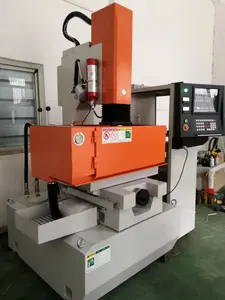



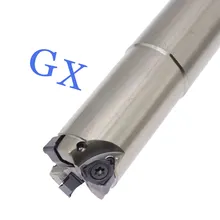
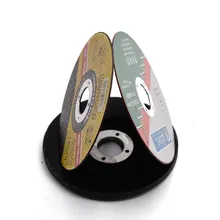

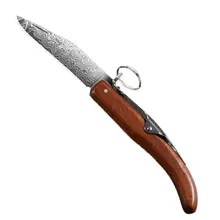
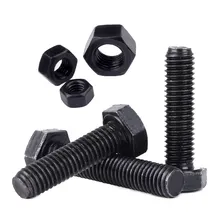

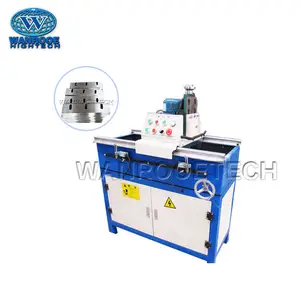


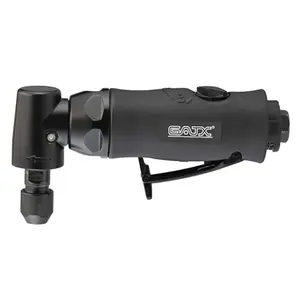

























 浙公网安备 33010002000092号
浙公网安备 33010002000092号 浙B2-20120091-4
浙B2-20120091-4